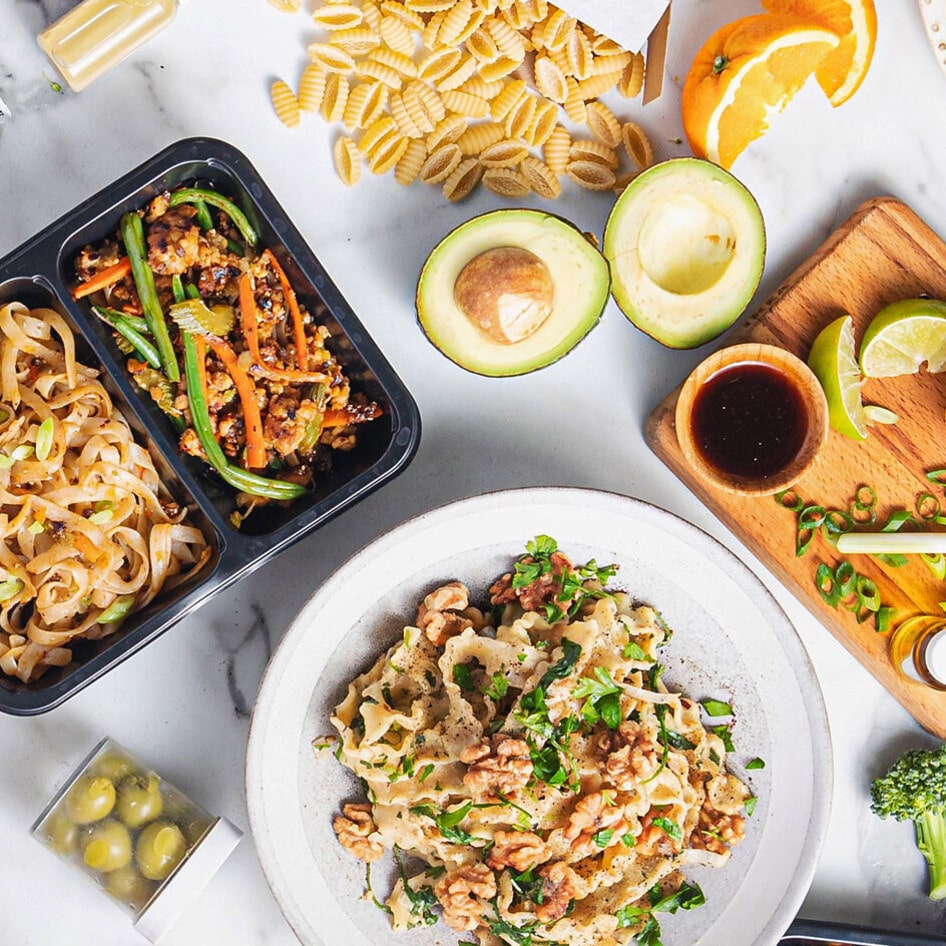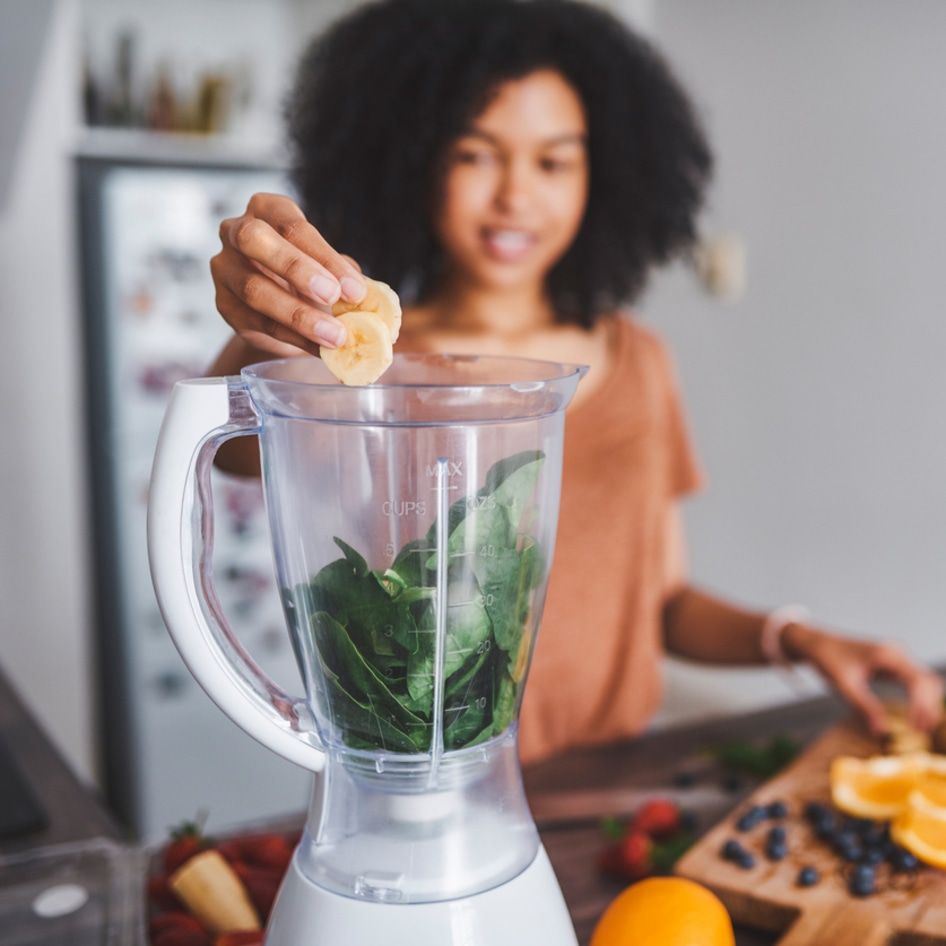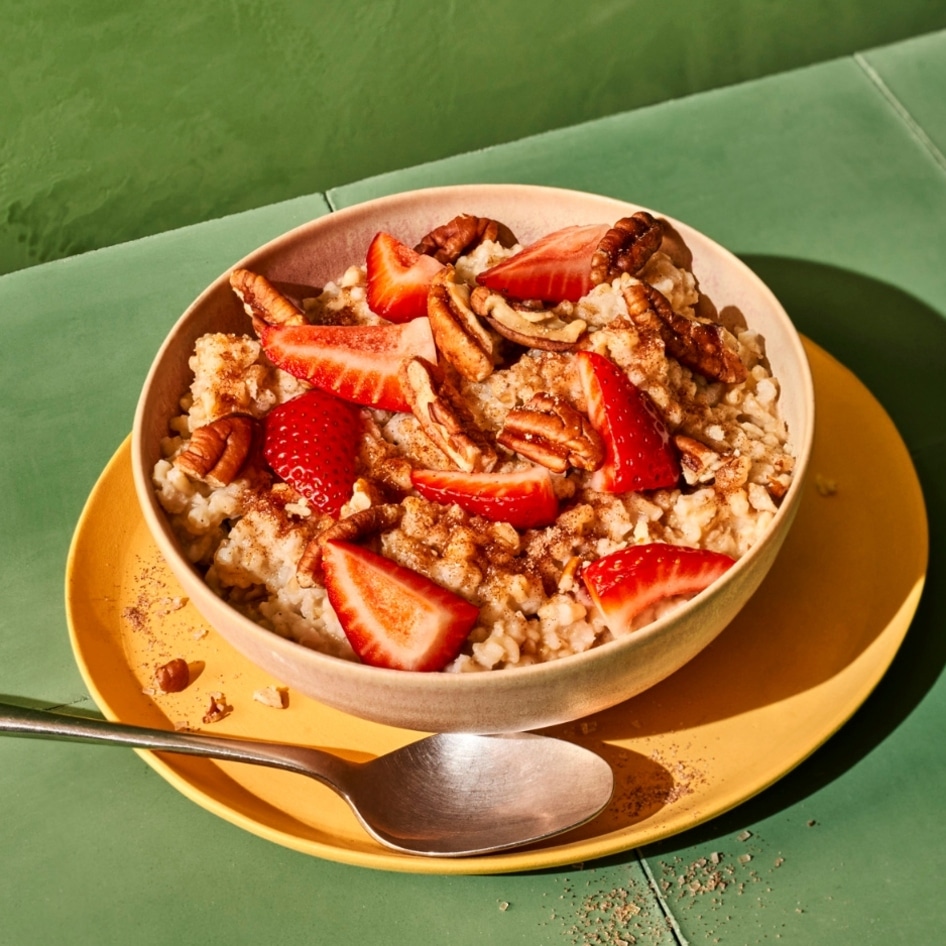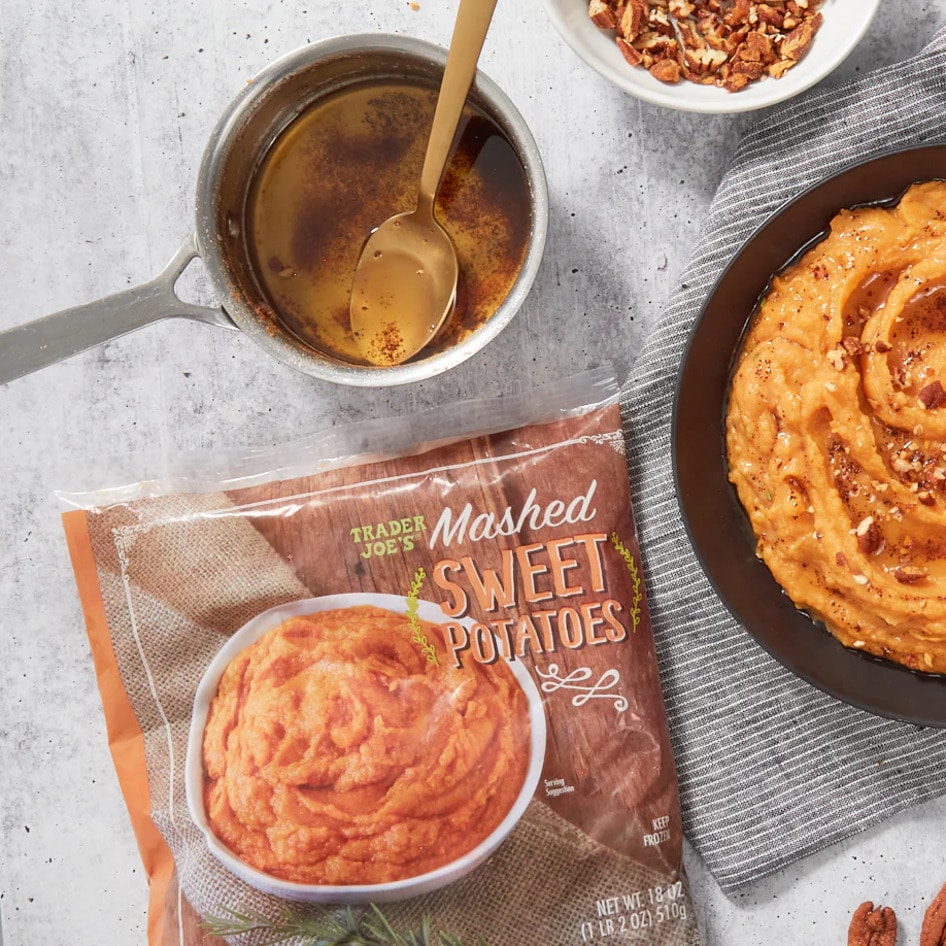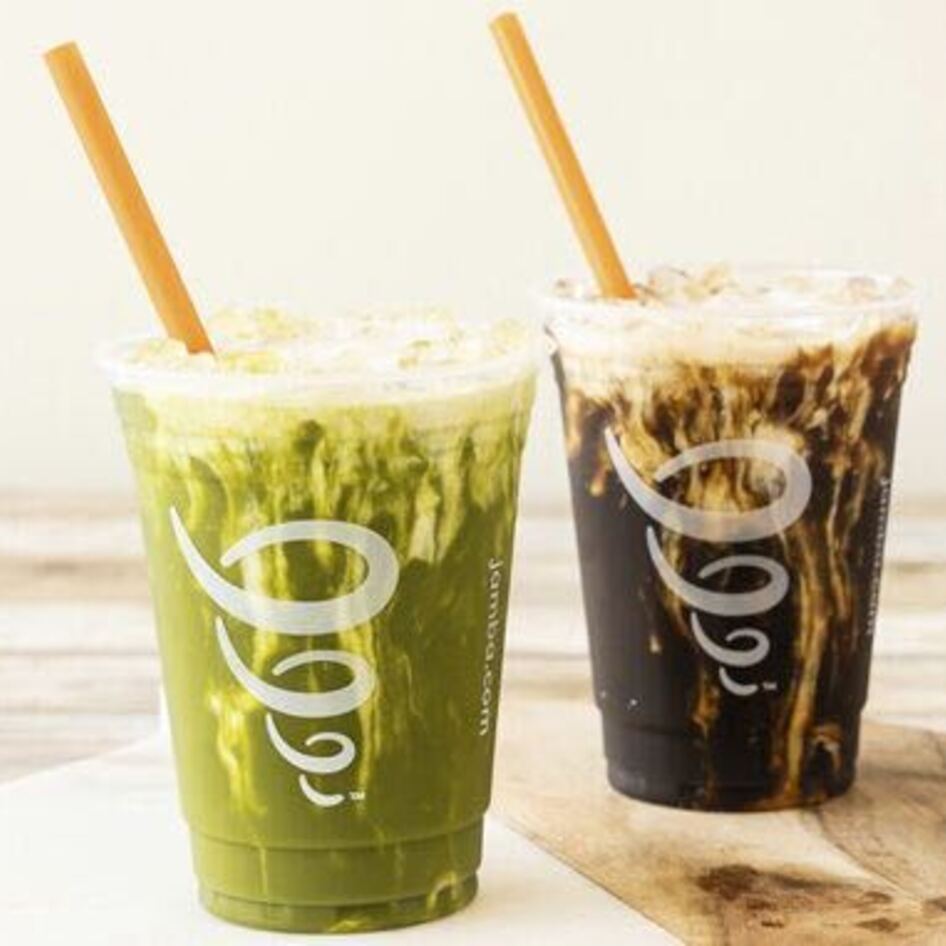There’s nothing quite like the exquisite despair that happens the moment after you’ve tipped a frosty smoothie to your lips, only to discover that the custom blend you’ve created tastes like day-old lawn clippings. Green smoothies are a health staple for good reason: they pack a nutritional wallop without the ignition of a stove or oven. But no matter how efficient, nutritious, and refreshing these meals-in-a-glass are, they’re utterly useless if they don’t taste good. In the search for the perfect smoothie combinations, we’ve had our fair share of failure and heartbreak, and come up with these three pro tips to protect you from further smoothie suffering.
1. Do Your Reading. Yes, smoothies are wonderful because they take very little time to make—two-minute meals are some of our favorites—but take the time saved at the stove and use it to read up. There are a bevy of books and websites that offer tried-and-true smoothie recipes to make sure that your hard-earned produce won’t turn into tasteless glop. Kris Carr might be one of the people most responsible for green smoothies’ popularity, and her digital book Crazy Sexy Juices & Succulent Smoothies is packed with recipes (60 of them, to be exact) that will keep your blender from wandering off into the weeds.
2. Go Green! Spinach, kale, romaine, broccoli, you name it—green veggies add fiber, vitamins, and an appealing green hue to your blended creations. But sometimes it is with the healthiest of intentions that we toss every green item in the fridge into our smoothies, resulting in the disastrous glass of salad. Know your palate’s limits when it comes to green goodies. Spirulina, for instance, packs big time micronutrients, but the taste isn’t for everyone. Likewise, if your smoothie is only kale and beets, you’re likely in for a bitter blend. Mix in avocado, small pieces of fruit (apples and frozen bananas work particularly well), or non-dairy milk to balance out the earthiness of your greens. Sweetening smoothies shouldn’t mean dumping cups of white sugar into an otherwise healthy meal. Pitted dates will add a touch of vitamin B6 and enough of a sugary kick for even the most spinach-rich of smoothies.
3. Chill, Big Time. Frozen fruits and veggies make blended meals a breeze. While stocking up from your local grocer is the obvious and easy option, don’t forget that while summer’s raging, you can also freeze the bounty of fresh fruits and vegetables available at farmers’ markets—if you can restrain yourself from eating everything you buy. When the fancy for an apricot smoothie strikes in mid-November, you’ll be ready. For extra pro points, peel bananas before breaking them in half and storing in a container in your freezer. They’ll last for months and will add more nutrition (and sweetness!) to your beverages than ice cubes.
Can’t wait to put these tips into practice? Check out these three sure-fire smoothies:
Coconut-Lime Smoothie
Red Velvet Beet Shake
Nana’s Gone Nutty Smoothie
JUMP TO ... Latest News | Recipes | Guides | Health | Subscribe

